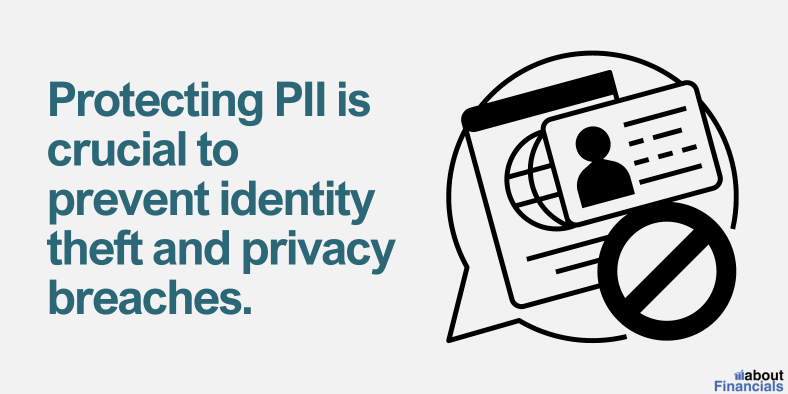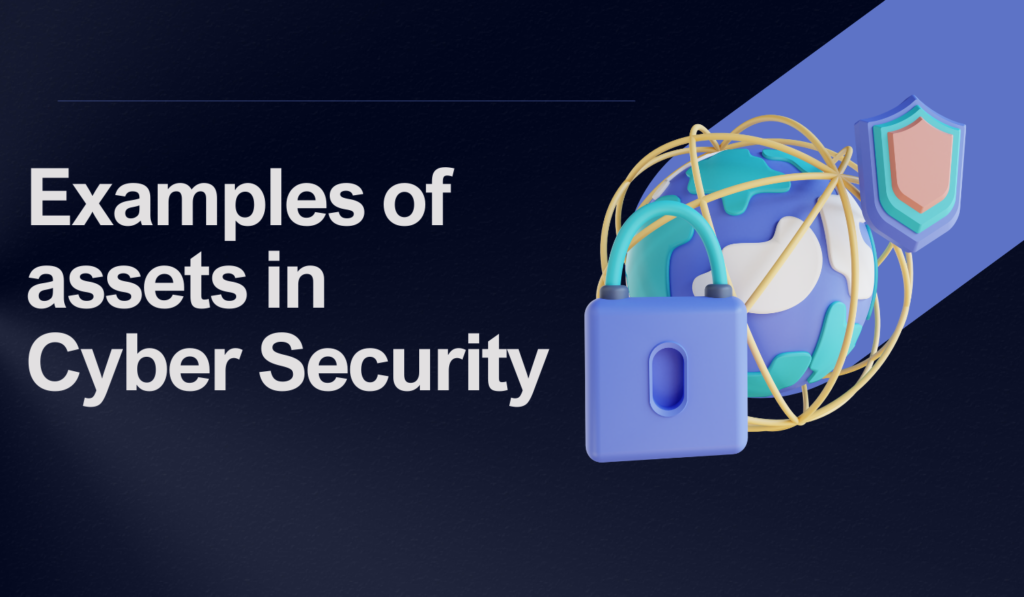In Cyber security, assets refer to the valuable resources that organizations aim to protect from various threats, such as unauthorized access, data breaches, and cyberattacks.
These assets can include information, technology, human resources, and physical components that are critical to the functioning and success of an organization.
Effectively identifying and safeguarding these assets is crucial to maintaining a robust cybersecurity posture.
Cybersecurity assets encompass a wide range of elements that hold significance for an organization. They are the building blocks of a secure and resilient infrastructure, helping to ensure the confidentiality, integrity, and availability of sensitive data and systems.
By understanding and categorizing these assets, organizations can develop targeted strategies and allocate appropriate resources to protect them.
Types of assets in Cyber Security
Information Assets
Information assets are data and knowledge that hold value to an organization. Examples of information assets in cybersecurity include:
Personally Identifiable Information (PII)

This includes data such as names, addresses, social security numbers, and financial information, which can be used to identify individuals. Protecting PII is crucial to prevent identity theft and privacy breaches.
Intellectual Property (IP)
Intellectual property assets encompass patents, trademarks, copyrights, trade secrets, and proprietary research or development. Safeguarding IP prevents unauthorized use or disclosure, ensuring a competitive advantage and preserving innovation.
Financial Data
Financial assets in cybersecurity involve sensitive financial information, including bank account details, credit card numbers, and transaction records. Securing financial data is essential to prevent financial fraud and maintain the trust of customers.
Trade Secrets
Trade secrets encompass confidential and proprietary business information that provides a competitive edge, such as manufacturing processes, formulas, or client lists. Protecting trade secrets prevents unauthorized disclosure and maintains market advantage.

Technological Assets
Technological assets refer to the hardware, software, and infrastructure components that form the foundation of an organization’s IT systems. Examples include:
Network Infrastructure
This includes routers, switches, firewalls, and other network devices that facilitate communication and data transfer. Securing the network infrastructure prevents unauthorized access and ensures data confidentiality.
Hardware Components
Hardware assets encompass servers, workstations, mobile devices, and other physical equipment. Protecting hardware assets is crucial to prevent theft, tampering, or compromise of sensitive data.

Software Systems
Software assets include operating systems, applications, and databases. Secure software systems through robust access controls, regular updates, and vulnerability management to prevent exploitation by attackers.
Databases
Databases store and manage structured data. Protecting databases involves implementing encryption, access controls, and monitoring mechanisms to prevent unauthorized data retrieval or manipulation.
Human Assets
Human assets in cybersecurity refer to the people within an organization who handle and interact with sensitive information and technology. Examples of human assets include:
Employee Information
Employee assets involve personal information of staff members, such as their names, contact details, and employee records. Protecting employee information ensures privacy and mitigates the risk of identity theft.
User Credentials
User credentials, such as usernames and passwords, are essential for accessing various systems and applications. Proper management of user credentials, including strong authentication methods and regular password updates, is crucial to prevent unauthorized access.
Access Controls
Access control assets encompass the mechanisms and policies used to govern user access to systems, networks, and data. Implementing robust access controls, such as role-based access control (RBAC) or multifactor authentication (MFA), helps protect against unauthorized access and data breaches.
Training and Awareness Programs
Human assets also include the knowledge and awareness of employees regarding cybersecurity best practices. Training programs and awareness campaigns help educate employees about potential risks, phishing attacks, and proper security measures, reducing the likelihood of human error or insider threats.
Physical Assets
Physical assets in cybersecurity encompass the tangible components that support an organization’s IT infrastructure. Examples include:
Data Centers
Data centers house servers, network equipment, and other critical infrastructure components. Protecting data centers involves implementing physical security measures, such as restricted access, surveillance systems, and environmental controls.

Servers and Racks
Servers and racks store and process data. Physical security measures, including lockable cabinets, restricted access, and monitoring, are essential to prevent unauthorized tampering or theft.
Backup Systems
Backup systems preserve data integrity and ensure business continuity in the event of data loss or system failure. Protecting backup systems involves implementing secure offsite storage, encryption, and access controls.
Physical Security Measures
Physical security assets encompass measures such as video surveillance, alarms, biometric access controls, and security personnel. These measures safeguard physical assets and prevent unauthorized access to sensitive areas.
Importance of protecting cybersecurity assets
Protecting cybersecurity assets is of paramount importance for organizations due to the following reasons:
- By safeguarding assets, organizations can reduce the risk of unauthorized individuals gaining access to sensitive information or systems.
- Cybersecurity breaches can lead to significant financial losses, including legal liabilities, regulatory penalties, and costs associated with remediation and recovery.
- Intellectual property assets are vital to an organization’s competitive advantage and future success.
- Cyberattacks can disrupt business operations, causing downtime and financial losses.
Effectively protecting cybersecurity assets requires a comprehensive approach that includes risk assessment, robust security measures, employee training, and ongoing monitoring and updates.
Strategies for protecting cybersecurity assets
To protect cybersecurity assets effectively, organizations should implement the following strategies:
- Conduct a thorough risk assessment to identify vulnerabilities and prioritize asset protection efforts.
- Implement strong user authentication mechanisms, such as password policies, multi-factor authentication (MFA), and biometric measures, to prevent unauthorized access.
- Keep all software systems, applications, and hardware components up to date with the latest security patches and updates.
- Deploy network monitoring tools and intrusion detection systems (IDS) to detect and respond to potential threats promptly.
- Monitor network traffic, identify anomalies or suspicious activities, and take necessary actions to mitigate risks.
- Conduct regular training sessions and awareness programs to ensure a security-conscious culture throughout the organization.
By implementing these strategies, organizations can enhance their cybersecurity posture, reduce the likelihood of successful attacks, and protect their valuable assets from various threats.
Final thoughts
Continual evaluation, adaptation, and collaboration with cybersecurity professionals are key to effectively protecting assets in today’s evolving threat landscape.
By understanding the examples of assets in cyber security and implementing the protective strategies outlined, organizations can enhance their cybersecurity posture and safeguard their valuable resources from potential harm.
To read more about examples of assets and liabilities in various industries, please explore below.
Examples of Assets and Liabilities in Healthcare

